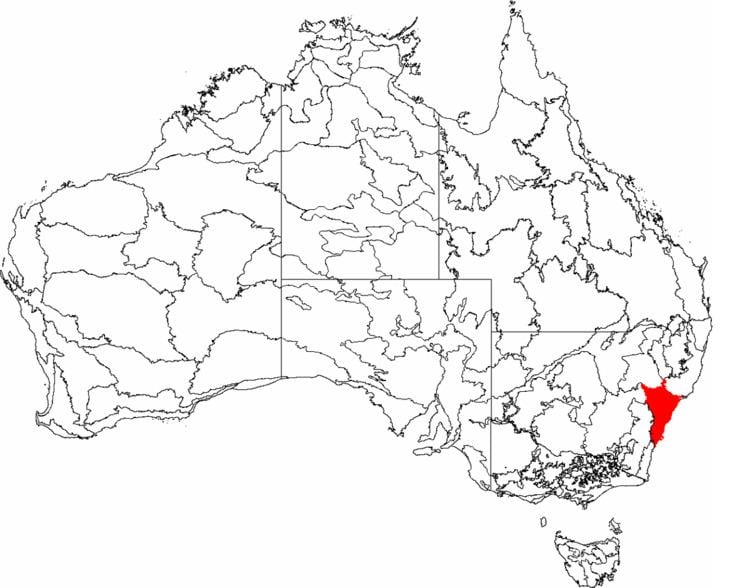Language group: (??) | Bioregion: Hunter Region | |
 | ||
Group dialects: Hunter River and Lake Macquarrie Language (Awabakal-Wanarruwa) Location: Upper Hunter Valley, New South Wales | ||
The Wonnarua people /hwənʊərjuːɑːr/, otherwise written Wanarruwa are a group of indigenous people of Australia united by a common language, strong ties of kinship and survived as skilled hunter–fisher–gatherers in family groups or clans scattered along the inland area of what is now known as the Upper Hunter Valley, New South Wales, Australia. Their creation spirit is Baiami, also known as Koin, the creator of all things and the Keeper of the Valley.
Contents
Language
The Wonnarua people appeared to use a similar language to the Awabakal people, called Awabakal language, that is being reviewed by oral historians and linguists in order to develop a comprehensive dictionary of the language of the Hunter River and Lake Macquarie regions. However, it has also been claimed that the language of the Wonnarua people is more closely linked to the Darkinjung language.
Country
Their traditional territory, estimated to comprise an area extending over 2,000 sq. milers, spreads from the Upper Hunter River, above Maitland west to the Great Dividing Range, towards Wollombi. The Wonnarua were bounded to the south by the Darkinjung, to the north–west by the Nganyaywana, to the north–east by the Awabakal, and to the south–east by the Worimi peoples. The Wonnarua also had trade and ceremonial links with the Kamilaroi people.
People
The Gringai were a clan of the Wonnarua, whose traditional lands are the Allyn River valley.
Native title
On behalf of the Plains Clans of the Wonnarua People, Scott Franks and Anor put in a native title claim on 19 August 2013. The document claimed rights over an area of roughly 9,500 sq.kilometres, embracing the catchment zone within the Great Dividing Range, the Liverpool Range, and the major rivers coming out of the Barringtons, under Yango. The claim included Singleton, Muswellbrook, Dungog, Maitland, and the shire council lands of the Upper Hunter. The legitimacy of the claim was recognized in January 2015 and duly registered for having a Federal Court deliberate over the claim and to make a determination.
